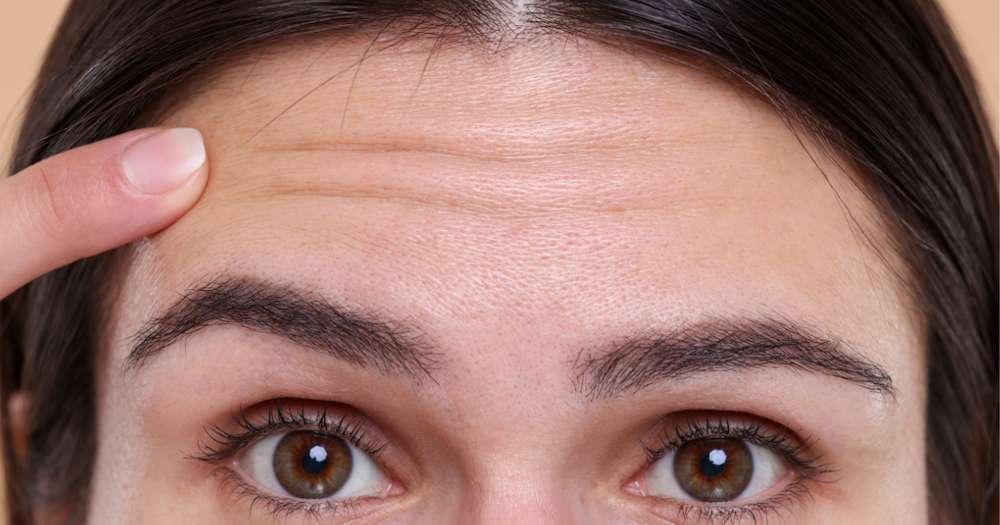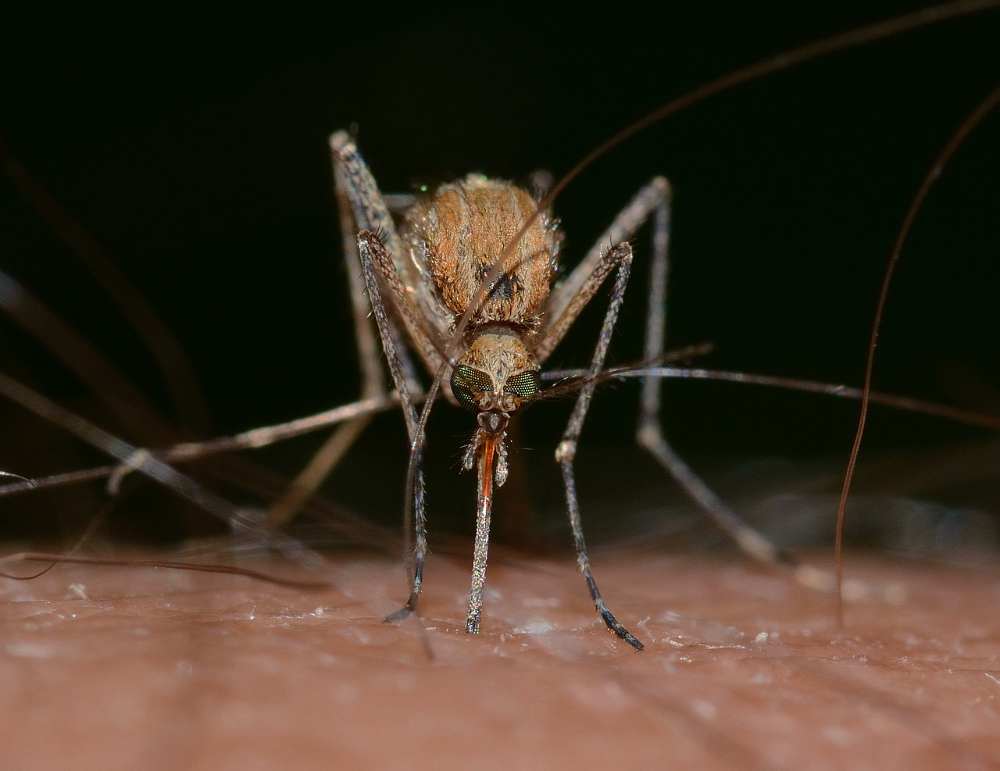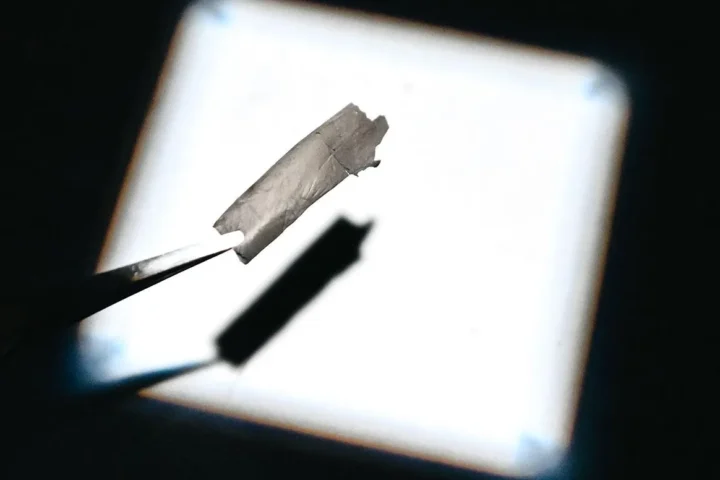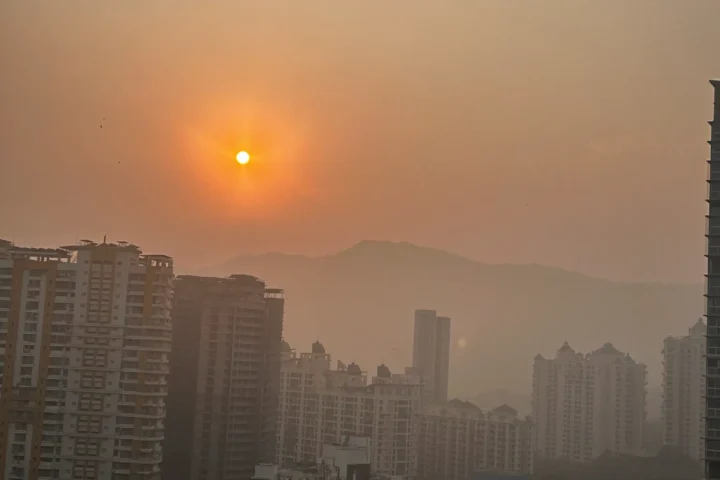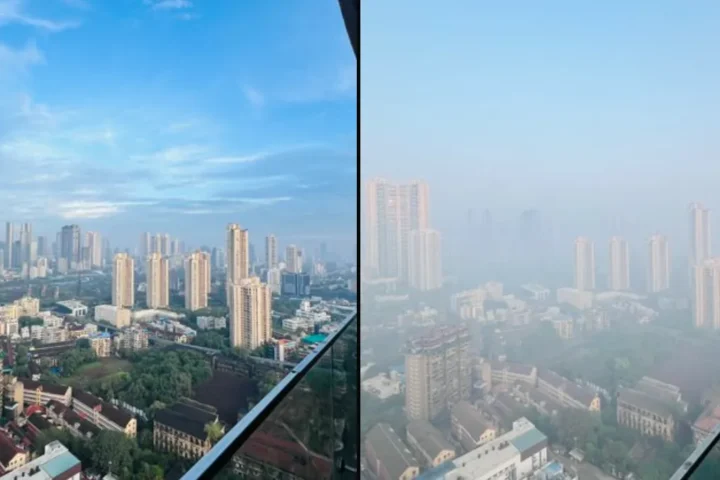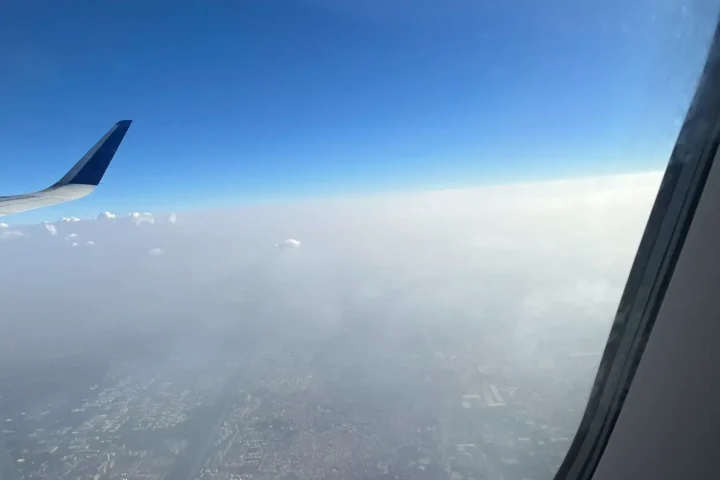New research from Binghamton University has finally solved a mystery that affects us all: why our skin wrinkles as we age. Using actual human skin samples from people aged 16 to 91, scientists have proven that wrinkles form because of how skin buckles when stretched.
“This is no longer just a theory,” said Guy German, Associate Professor of Biomedical Engineering at Binghamton University. “We now have hard experimental evidence showing the physical mechanism behind aging.”
The research team, including German and students Abraham Ittycheri and Alejandro Wiltshire, used a special device called a low-force tensometer to stretch tiny strips of human skin. Their goal was to mimic the natural forces our skin experiences every day.
What they discovered explains why older people develop more wrinkles. When skin stretches in one direction, it naturally contracts in the other direction – similar to how a rubber band gets thinner when pulled. But as we age, this contraction becomes more pronounced.
German explains this using a simple comparison: “If you stretch Silly Putty, it stretches horizontally, but it also shrinks in the other direction – it gets thinner. That’s what skin does as well. As you get older, that contraction gets bigger. And if your skin is contracted too much, it buckles. That’s how wrinkles form.”
The study revealed that our skin isn’t in a relaxed state even when we’re not moving. It’s naturally under slight tension, with built-in forces that become the driving factors behind wrinkle formation as we age.
Skin has a complex structure with collagen fibers arranged in specific directions called Langer’s lines. The research showed that wrinkles form differently depending on whether the skin is stretched along or across these natural fiber orientations. This explains why wrinkles on our faces and bodies have specific patterns.
The scientists also found that aging skin loses volume by pushing out fluid when stretched, which makes wrinkles more noticeable. This fluid loss, measured by checking skin weight and volume before and after stretching, is a key finding that helps explain why aging skin looks different.
Similar Posts
These discoveries could change how we think about skincare products and anti-aging treatments. Instead of just trying to add collagen, effective treatments might need to address how skin responds to stretching and contraction.
The research also confirmed something many dermatologists have long warned about – sun exposure speeds up skin aging in ways that mimic natural aging.
“If you spend your life working outside, you’re more likely to have more aged and wrinkled skin than those who are office workers,” German noted. “Chronological aging and photoaging give you similar results. So go and have a fab summer, but don’t forget the suntan lotion – your future self will appreciate it.”
This study, titled “Elucidating the Mechanistic Process of Age Induced Human Skin Wrinkling,” was published in the Journal of the Mechanical Behavior of Biomedical Materials. It’s part of German’s ongoing research into skin mechanics, which he once called a “Holy Grail” in his field.
The findings could help consumers make better choices about skincare products and might eventually lead to more effective treatments for aging skin. It could also have implications for plastic surgery techniques and wound healing as doctors better understand how skin responds to mechanical forces.
For now, the research confirms what many suspected – our skin changes mechanically as we age, and those changes directly lead to the wrinkles we see in the mirror.
